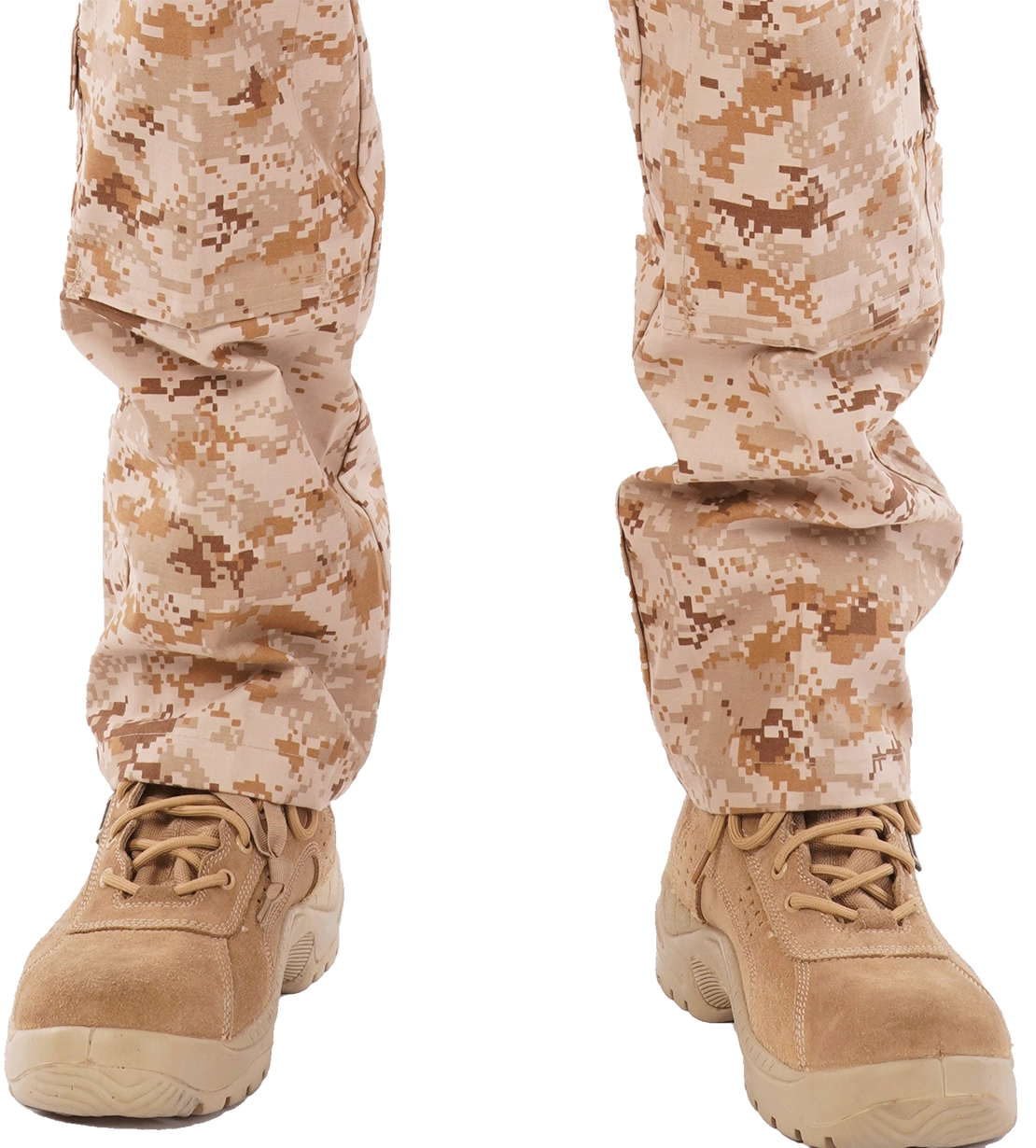Hard Shell’s Military Boots are built for rugged performance with waterproof leather and durable mesh panels. Designed for maximum ankle protection, they can even withstand demanding environments.
Hard Shell Military boots are made of sturdy waterproof leather with inner hardwearing breathable mesh panels. The Boots come with a fast wicking lining for moisture control and comfort. PU foam insole is for supreme support and shock absorption. The Boots are very comfortable and durable tactical footwear engineered primarily for extreme situations.

Hard Shell army boots and tactical boots comes with Durable waterproof leather upper with hard-wearing mesh panels for ultimate performance and Ultimate ankle impact protection. Our military boots and tactical boots are proudly manufactured for those who serve the country and safeguard people.
Military boots are essential for protecting military personnel's feet and supporting them during a variety of operations. These boots provide protection from hostile surroundings, impact resistance, and ankle stability. They support soldiers' overall performance and preparedness in difficult environments.
There are differences in the design and purpose of hiking boots and military boots. For military footwear in combat situations, ankle support, toughness, and protection are the top priorities. Reinforced materials are often used in them. For hiking boots, long-distance walking comfort is the main focus. Hiking boots are lightweight in build and emphasize traction for a variety of terrains.
Real leather is often used in military boots because of its strength and ability to withstand wear in harsh conditions. To strike a compromise between functionality and practicality while designing military gear, some boots may, however, use synthetic materials for particular purposes.
Military boots are made to fit snugly for maximum effectiveness. A snug fit improves stability and lowers the possibility of blisters by preventing foot slippage inside the boot. Individual preferences may differ, though, and sizing correctly is essential to guarantee comfort and functionality throughout a range of operating situations.
Military boots are designed to strike a balance between weight and durability. Although they are typically made heavier than regular shoes to endure harsh environments, improvements in composition and style try to reduce superfluous weight.
Military boots' lifespan varies depending on factors like use, maintenance, and environmental considerations. Their longevity and total service life can be increased with proper maintenance, such as cleaning and conditioning.
Yes, military boots are available in a range of sizes to fit different individuals During tactical operations, comfort and mobility are enhanced by size customisation
Yes, civilians can wear military boots. Many military-style boots are commercially available for civilian use. These boots generally have comparable styles that prioritize utility and longevity. Civilian boots are more functional and have a tough look that makes them appropriate for daily use and a variety of outdoor activities.
End to end control
Precision Crafted for Your Needs
A Global Shield of Confidence
Sustainability at the Core of Safety